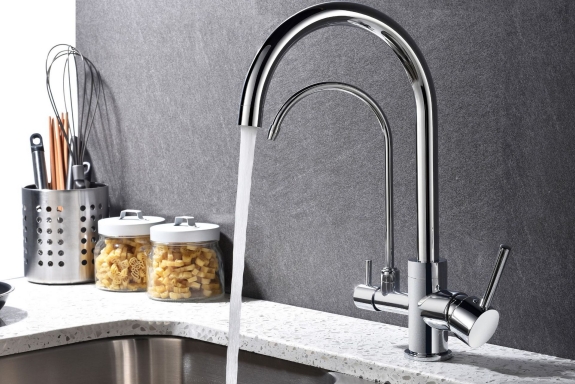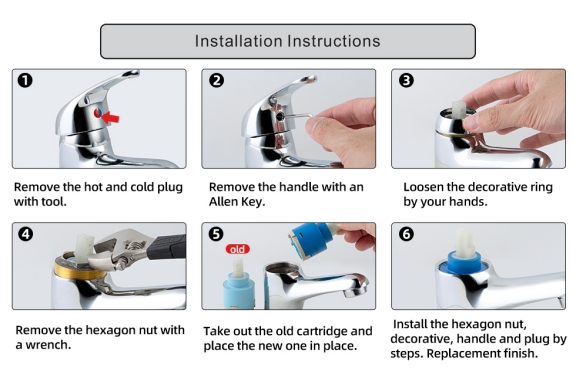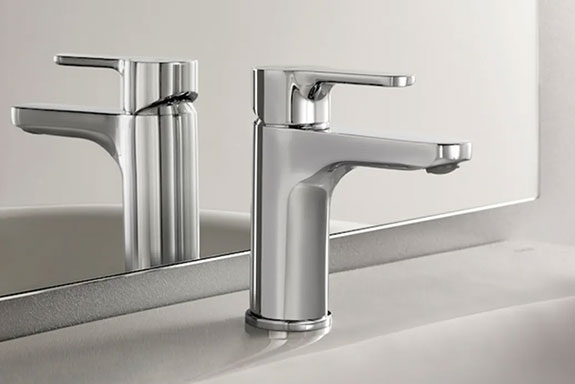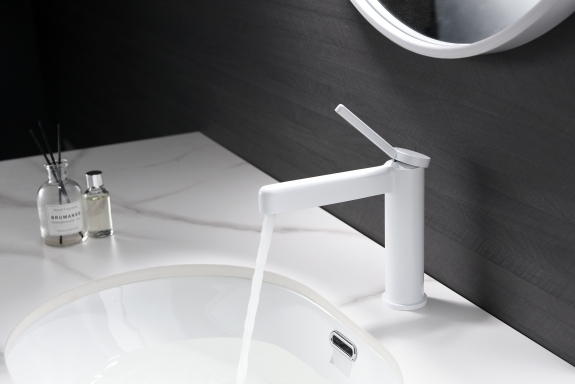Stainless steel faucets are harder and tougher than copper and are very durable. They are rust-free, lead-free, healthy and environmentally friendly.
Stainless steel is divided into 200 series, 300 series and 400 series. Professionally speaking, they are divided into ferrite, martensite and austenite according to the crystal structure. The common types are 430, 201, 304 and 316. They look almost the same in appearance, but their actual performance and price are very different.
430: The content is about iron + 12% chromium. It is the lowest price and the worst corrosion resistance among the four materials. Careful friends will find that the outermost layer of the bottom of stainless steel pots is made of this steel, so after a long time, it will produce dirt that is difficult to remove.
201: Also called high manganese steel, it contains high manganese and is easy to rust; it contains less nickel and is not as corrosion-resistant as 304. In the market, some unscrupulous merchants use 201 as 304 to deceive consumers in order to save costs.
304: Also known as 18/8 stainless steel, it contains about iron + 18% chromium + 8% nickel and has better corrosion and rust resistance than 201 and 430. It is the most widely used stainless steel material.
316: Also known as 18/10 stainless steel, it contains about iron + 18% chromium + 10% nickel. It has the highest price among these materials and the best corrosion and rust resistance. 316 is usually used in some high-end equipment, such as aerospace, food machinery, high-end kitchenware and other fields.
Some countries have very strict requirements for stainless steel tableware, stipulating that stainless steel used in direct contact with food areas must contain at least 16% chromium, which can be said to be a very authoritative reference. In daily life, our cooking water and drinking water come from faucets. For safety and health, stainless steel faucets must be at least 304.






